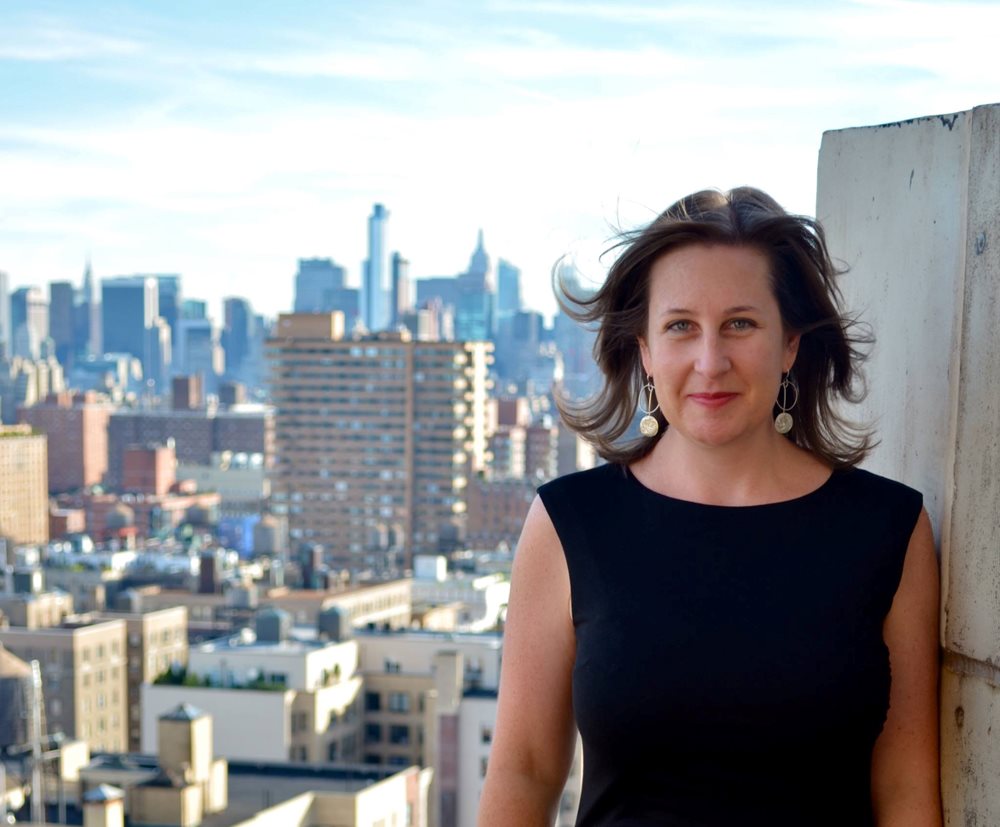Santamaria is currently writing a biography of L'Engle, who penned "A Wrinkle in Time," a Newbery Medal-winning novel that was later made into an award-winning film.
The Wall Street Journal recently published a column by writer and editor Abigail Santamaria ’00 about acclaimed author Madeleine L’Engle that offers insight into the appeal of her iconic work, “A Wrinkle in Time,” across generations and its message of independence and empowerment.

A winner of the acclaimed Newbery Award for fiction six decades ago, “A Wrinkle in Time” was published in 1962 after being rejected two dozen times by publishers. As Santamaria notes in her Jan. 6 column titled “Madeleine L’Engle’s Declaration of Independence,” the book primarily aimed at young adults “shattered the science-fiction glass ceiling by creating, in (protagonist) Meg, an enduring symbol of girl power.”
Santamaria, who is currently writing a biography of L’Engle, traces the path the author took to seeing her most well-known work in print and how the idea came together during a 10-week cross-country camping trip with her husband and her children. The “Wrinkle in Time” story would eventually take shape around the quest of Meg, the young protagonist, to rescue her scientist father by venturing through a fourth dimension. The story culminates in a scene during which Meg shouts the opening lines of the Declaration of Independence (“We hold these truths to be self-evident…”) to combat a force seeking to force conformity.
From the column:
“Wrinkle” is L’Engle’s declaration of independence, her way of shouting down the Dark Things and reminding us, as the Medium exclaims, that “It can be overcome! It is being overcome all the time!” After she finished the manuscript, L’Engle wrote in her journal: “If I’ve ever written a book that says what I feel about God and the universe, this is it. This is my psalm of praise to life, my stand for life against death.”
Santamaria recounts L’Engle’s words at the Newbery Award ceremony. “A book, too, can be a star,” L’Engle said, “‘explosive material, capable of stirring fresh life endlessly,’ a living fire to lighten the darkness, leading out into the expanding universe.”
Read the entire column to learn more.
Santamaria’s essays have previously appeared in The New York Times and Vanity Fair, among other publications. She is the author of “Joy: Poet, Seeker, and the Woman Who Captivated C.S. Lewis” (Houghton Mifflin Harcourt, 2015) and “I Am Meg: The Life of Madeleine L’Engle,” which will be published by Farrar, Straus & Giroux. She is a recipient of a National Endowment for the Humanities Public Scholar grant (2022), a Sustainable Arts Foundation award (2021), and a Leon Levy Center for Biography fellowship (2019). In 2022, she was a finalist for a CINTAS Foundation Award in Creative Writing, for writers of Cuban heritage.


